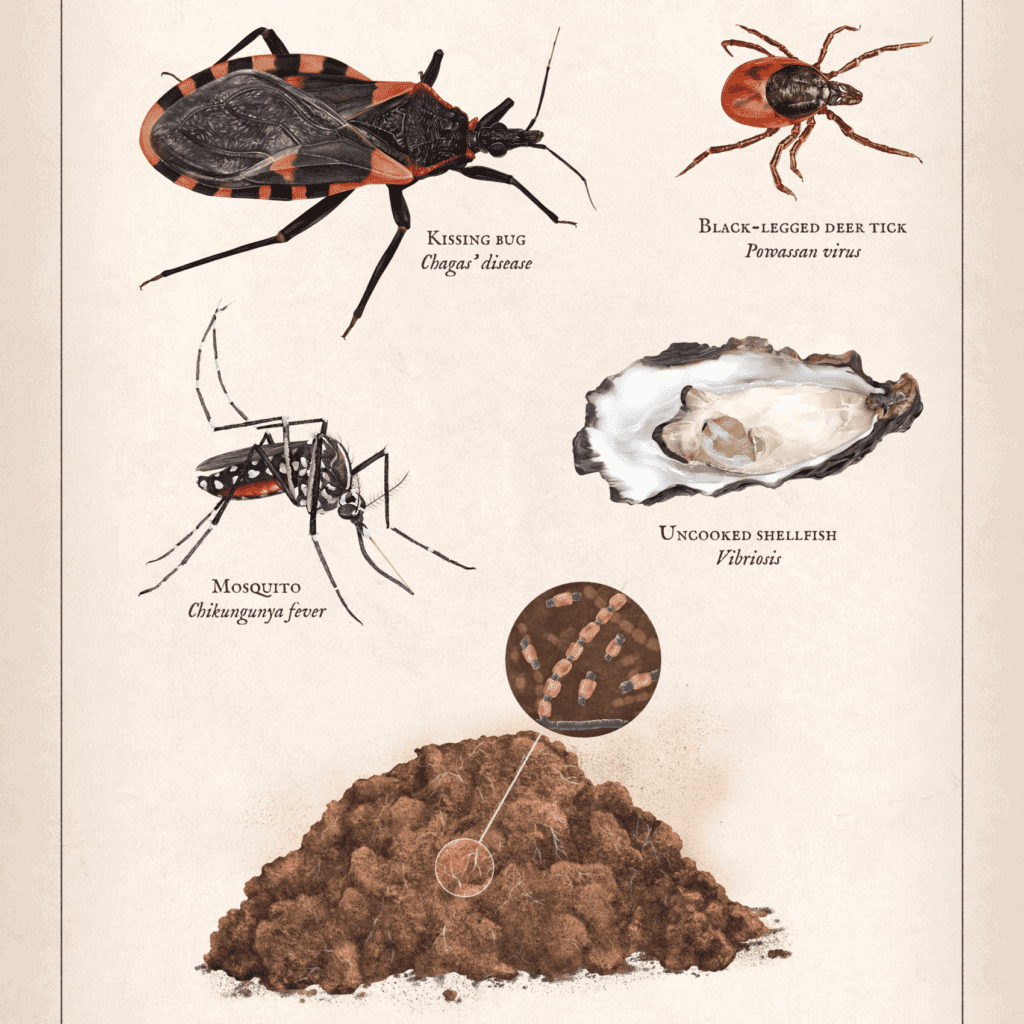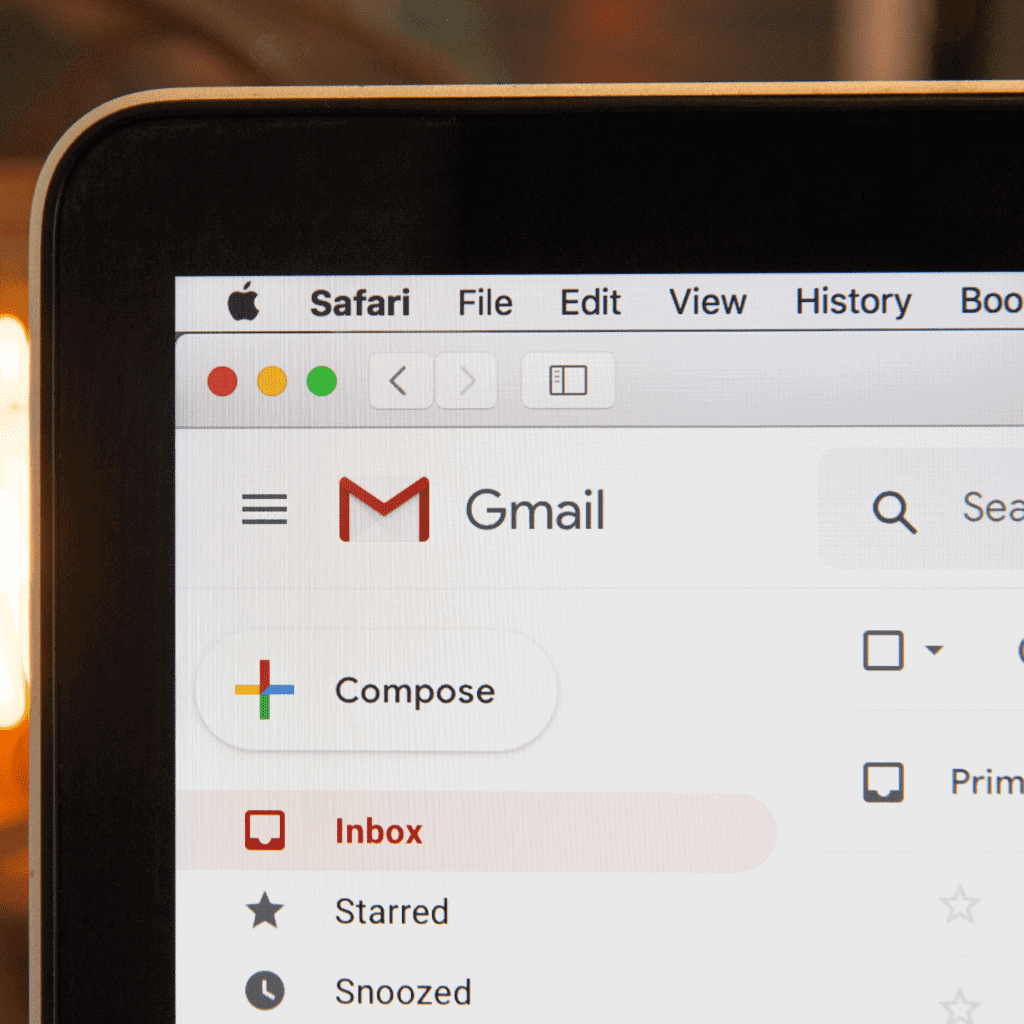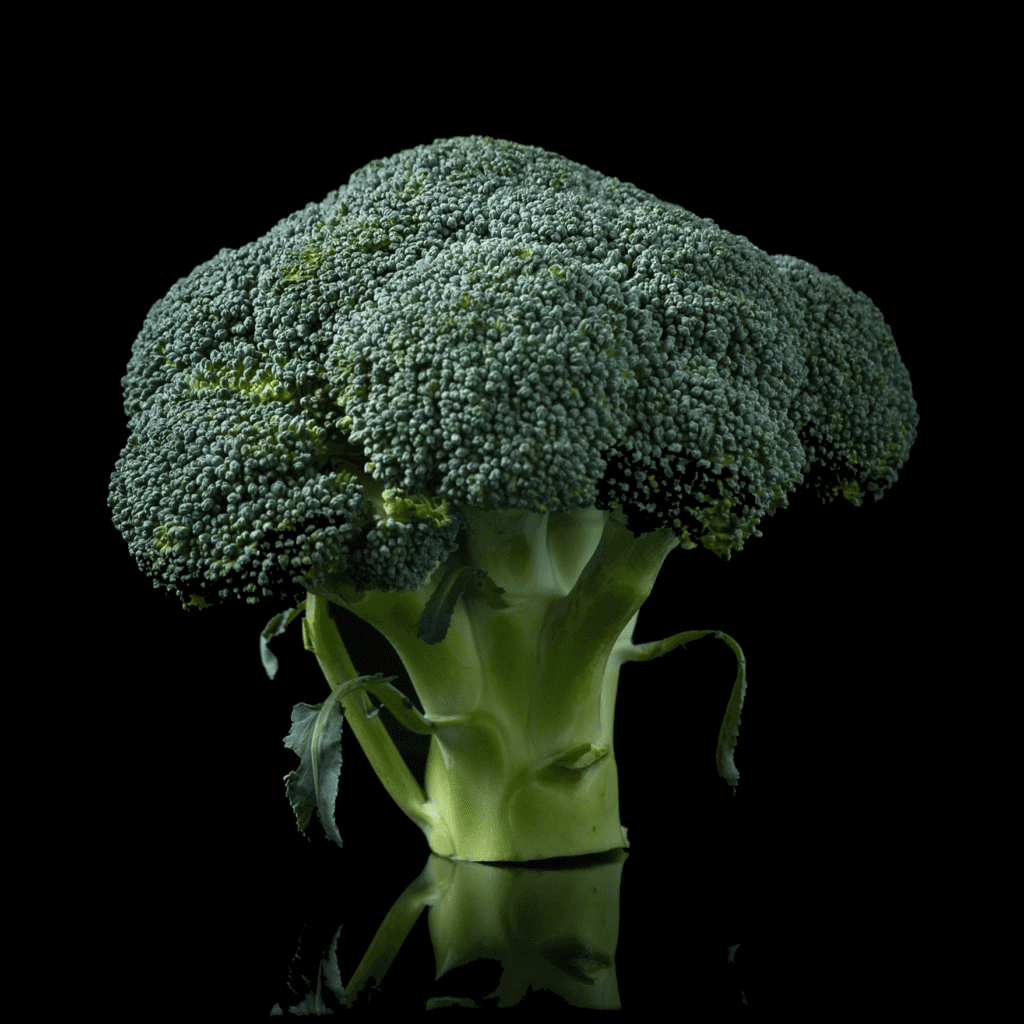Edition #13 | Environment Forward

Climate-driven disease, Gmail’s carbon footprint, agrivoltaics, and a plastic ban in Canada.
Hi y’all, The heat wave and drought continue here in Texas as we head into the holiday weekend. As drought conditions worsen and we continue to see 100+ degree Fahrenheit temperatures on the daily, climate change and our environmental impacts are consistently front of mind for me. In this week’s edition, we are checking out illnesses that may be on the rise due to warming temperatures, the carbon impacts of our email, growing broccoli beneath solar panels, and Canada’s ban on plastic waste. I’d love to know what you’re currently reading and what issues are top of mind for you.
P.S. If you’re planning a big fireworks display and are curious to learn more about the air quality impacts of fireworks, National Geographic has summarized some helpful research out of UC Irvine around the particulate matter spikes associated with July 4th fireworks.

Climate-Driven Disease
Ticks and flesh-eating bacteria have always scared me and that fear could be more warranted in warming temperatures. The Grist digs into five diseases carried by shellfish, bugs, and dirt that are becoming more common. The illnesses highlighted in the article have scary health consequences, and three of the five illnesses were completely unfamiliar to me. Grist breaks down the vectors that are spreading these illnesses, the historical range of the illnesses (some of which have had historically small spreads), and the climate connection. Warming temperatures mean improved conditions for ticks and mosquitoes, and even Vibrio, a flesh-eating bacteria that survives between 68 and 95 degrees Fahrenheit. Many of the solutions are prevention-oriented, and Grist offers up a solution for each of the five highlighted illnesses. I’m going to continue to do tick checks after every hike and hopefully continue to avoid the Powassan virus.
Image credit: ©2022 Grist

Carbon Impacts of Gmail
Have you ever wondered how much carbon dioxide (CO2) is associated with your email inbox? Google Cloud customers will be finding out in 2023 as Google's cloud computing division roles out tools to help customers understand the environmental impacts of their Gmail inbox as well as with Workspace apps such as Docs. Here at CarbonBetter, we use Gmail and Google Workspace as our primary tools, so I'm curious to learn about the cloud computing impacts associated with my day-to-day work. (I'm currently drafting this blog post in Google Sheets.) For a typical email, the emissions associated with it are typically estimated at 4 grams of CO2, but when adding a picture attachment, the footprint rises to 50 grams per email due to the extra storage requirements and transmission time. While this may seem insignificant, we send a lot of emails each day, so I look forward to Google providing our Gmail footprint and exploring ways to better manage my inbox and the associated carbon footprint.
Image credit: Stephen Phillips

Agrivoltaics: Broccoli and Solar
The term "agrivoltaics" was new to me, but I'm excited to see agronomists and energy experts working together to explore opportunities for solar power and agriculture on the same land as we work to meet the world's energy and food needs. Recent findings published in the Journal of Agronomy from research conducted in South Korea show that shade provided by solar panels can help grow broccoli with a deeper green hue which makes it more appealing to consumers. This case study showed that farmers already growing broccoli could make 10 times the income by adding solar and receiving income from the energy in tandem with their broccoli crop. It's promising but also has the caveat that this is one specific crop growing in one specific research. The National Renewable Energy Lab (NREL) is currently exploring growing carrots, chard, and kale alongside solar.
Image credit: Mae Mu

Canada's Ban on Single-Use Plastic
Plastic waste challenges are something we spend a lot of time thinking about and trying to help clients mitigate. Canada is officially banning single-use plastics in a phased approach, with a manufacture and import ban on single-use plastics coming into effect in December 2022 and the sale of these items being prohibited as of December 2023. They'll stop exporting single-use plastics by the end of 2025. They estimate that the ban will result in the elimination of 1.3 million metric tons of plastic waste which is equivalent to one million garbage bags full of litter. The ban includes plastic grocery bags, cutlery, ring carriers, straws and stir sticks, and hard-to-recycle containers. As the world works to reduce reliance on plastic and reduce plastic waste, this is a big step for Canada that will hopefully drive innovation in the materials space.
Image credit: Volodymyr Hryshchenko
Nicole Sullivan is the Climate Services Manager at CarbonBetter. When she's not working on sustainability reports and helping clients to decarbonize, she's busy reading about the environment or is outdoors exploring it. Connect with her on LinkedIn and drop her a line to let her know what you thought about these stories and share what you're reading.